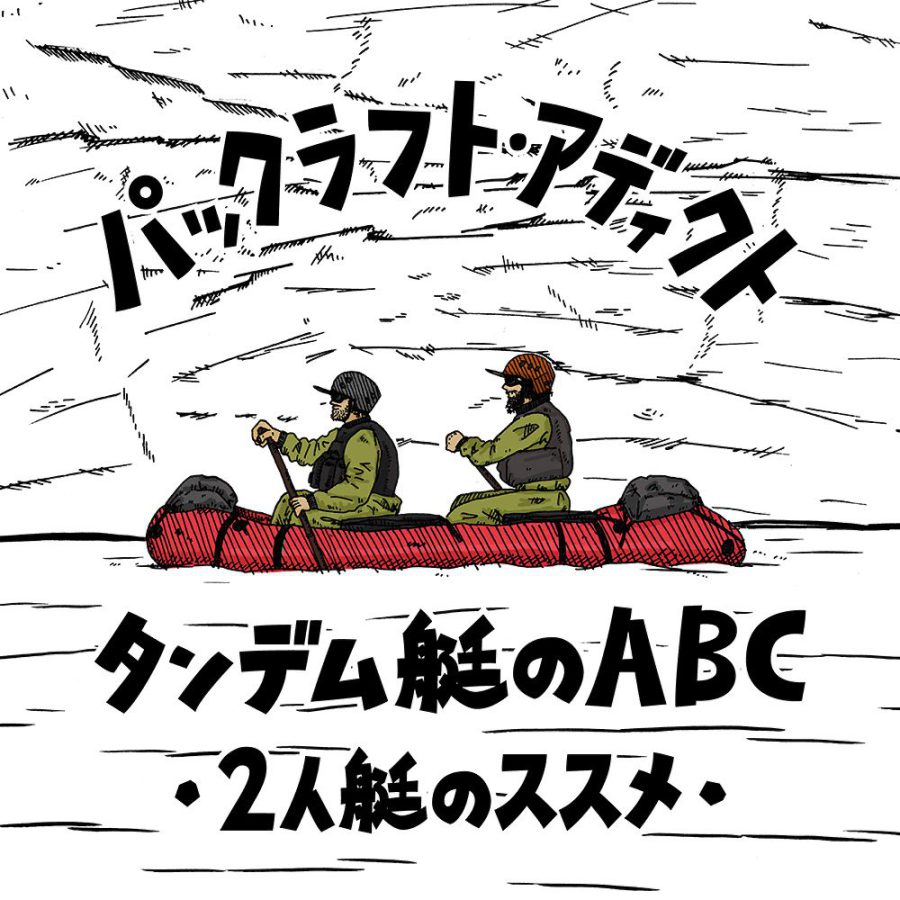リズ・トーマスのハイキング・アズ・ア・ウーマン#20 / より長くハイキングするための方法(前編)

How to hike far with more energy

When I set the Appalachian Trail Fastest Known Time, I knew there were ways I could improve my time that didn’t require getting stronger and physical training. By changing simple routines and habits, I could develop tricks and tools to increase my daily distance. Whether you are day hiking, backpacking, or thru-hiking, having the strength and endurance to hike farther opens up new hiking areas to visit. When you can hike farther, you can visit mountains that once seemed too far or difficult to conquer. In this story, I will explore some of the techniques that I use.

First, if you want to increase your distance, you need to understand how to calculate mileage while hiking.
Daily distance = Rate * time.
Here, rate means how many miles per hour you hike and time means how many hours you are hiking.
What this equation means is that even if you don’t consider yourself a “fast” hiker (you have a lower rate), you can still cover significant daily distance if you put in extra time.

The other secret is that for hikers, the equation looks more like this:
Daily distance = (Miles/Hour) * (Number of Hours – Number of Hours spent taking breaks or resupplying or not actually moving)
On thru-hikes, when hikers are in town resupplying or resting, they aren’t actively contributing to their daily distance. Rests and resupplies are vital to endure over the long haul and to restore and heal the body and mind. But they don’t increase daily mileage.

To increase daily mileage, being smart about break time can increase your daily mileage significantly. Break time serves many functions while hiking: time to get water or a snack, go to toilet, filter water, put on or remove clothing layers, check maps, or to socialize. There are ways to reduce time spent doing all of these tasks—except one: social time.

Before you go on your hike, you should consider whether covering a lot of distance really is the most important goal of your hike. If your main goal is to spend time with friends on your hike, then taking breaks is important. You should take as many breaks as you need to make all of your friends feel comfortable and happy on the hike.
But if your goal is simply to cover as much distance as possible (perhaps you are hiking solo), then you can efficiently move through break tasks to minimize time spent not moving.
I keep snacks easily accessible so I can eat while hiking. I also hydrate while walking by using a hydration hose that filters water as I drink. When I pack my backpack, I keep extra layers on the front mesh of my pack or towards the top of my pack so I don’t spend extra time searching for clothing.

If I need to remove a layer, I’ll wait until I need to take a break for another reason, like going to the toilet. Every time I take a break, regardless of the reason, I also have to spend time takes taking off and putting my pack back on. If I can combine several reasons for breaks and do them all during the same break, it saves time. Before I take a break, I make a list of all the tasks I want to accomplish during that break. If I need to get something out of my backpack, I’ll think about where in my pack I can find it while I’m still walking.

Creating an efficient break system operates under the assumption that the only reason to accomplish non-hiking tasks. But what if I need a break because I need to get off my feet? In the following section, I discuss how to physically prepare oneself for reduced breaks by making better use of whatever your energy level may be.
When you’re hiking, you only have so much energy and stamina. I believe that level is drained not just by physical exertion, but by mental exertion as well. Many of my techniques to increase distance deal with creating a system to mentally deal with stressors so that more of your stamina can go towards physical endeavors.
Gear

It takes time and practice to become comfortable with your gear. When you know and trust your gear, you can treat it like an extension of your body. Fiddling with buttons, zippers, and flaps takes time and mental energy. As you become more familiar with your gear, you will learn more about how it works best for you. For example, I know when it is chilly, whether a windshirt will provide enough warmth or when I may require a fleece or puffy jacket, instead. Learning the subtle differences in layering and what serves you when will reduce your worries when the weather changes, saving some mental space towards focusing on your goal.
Build a routine

As you learn more about hiking, you will develop routines. Your brain will know what to do when you sense certain triggers. For example, if you feel raindrops, you know to take your rain jacket. Instead of spending mental energy being upset that it is raining or worrying that you will get wet, you have a system to deal with the weather and address the “problem” so it doesn’t negatively impact you.
Nutrition

When undertaking endurance activities, nutrition is one of the most important ways to change your outcome because it’s one that is easily changed. Physical training takes time and dedication. Mental training requires learning new skills, which also takes time. But changing your diet can be as easy as going to the grocery store.

Related Articles

リズ・トーマスのハイキング・アズ・ア・ウーマン#19 / サンディエゴ・トランス・カウンティ・トレイルのスルーハイキング(前編)

TRAILSの出版レーベル第一弾!「LONG DISTANCE HIKING」
- « 前へ
- 2 / 2
- 次へ »
TAGS:














 ULギアを自作するための生地、プラパーツ、ジッパー…
ULギアを自作するための生地、プラパーツ、ジッパー…  ZimmerBuilt | TailWater P…
ZimmerBuilt | TailWater P…  ZimmerBuilt | PocketWater…
ZimmerBuilt | PocketWater…  ZimmerBuilt | DeadDrift P…
ZimmerBuilt | DeadDrift P…  ZimmerBuilt | Arrowood Ch…
ZimmerBuilt | Arrowood Ch…  ZimmerBuilt | SplitShot C…
ZimmerBuilt | SplitShot C…  ZimmerBuilt | Darter Pack…
ZimmerBuilt | Darter Pack…  ZimmerBuilt | QuickDraw (…
ZimmerBuilt | QuickDraw (…  ZimmerBuilt | Micro Pack …
ZimmerBuilt | Micro Pack … 














